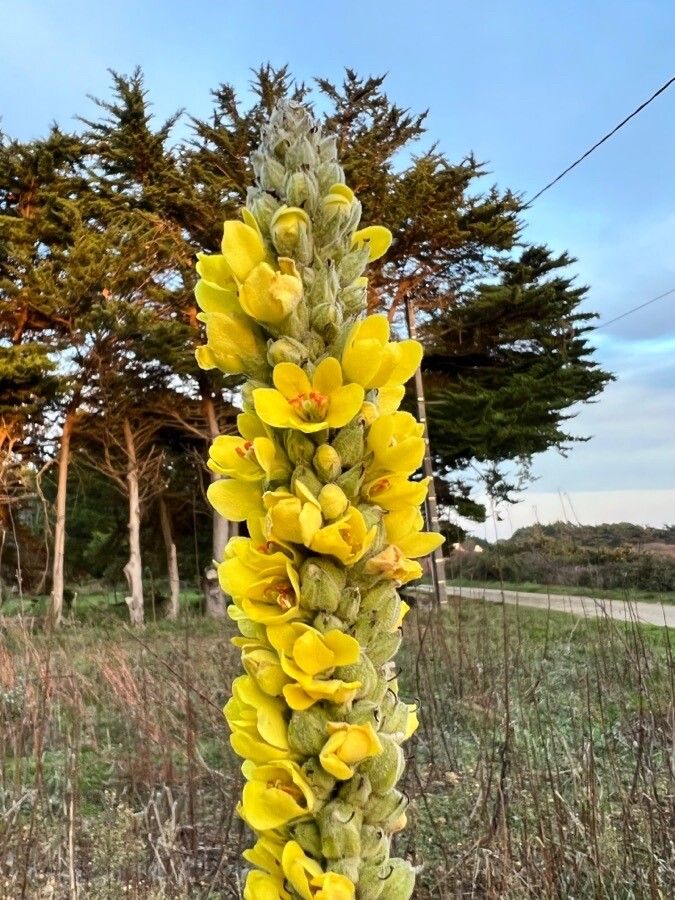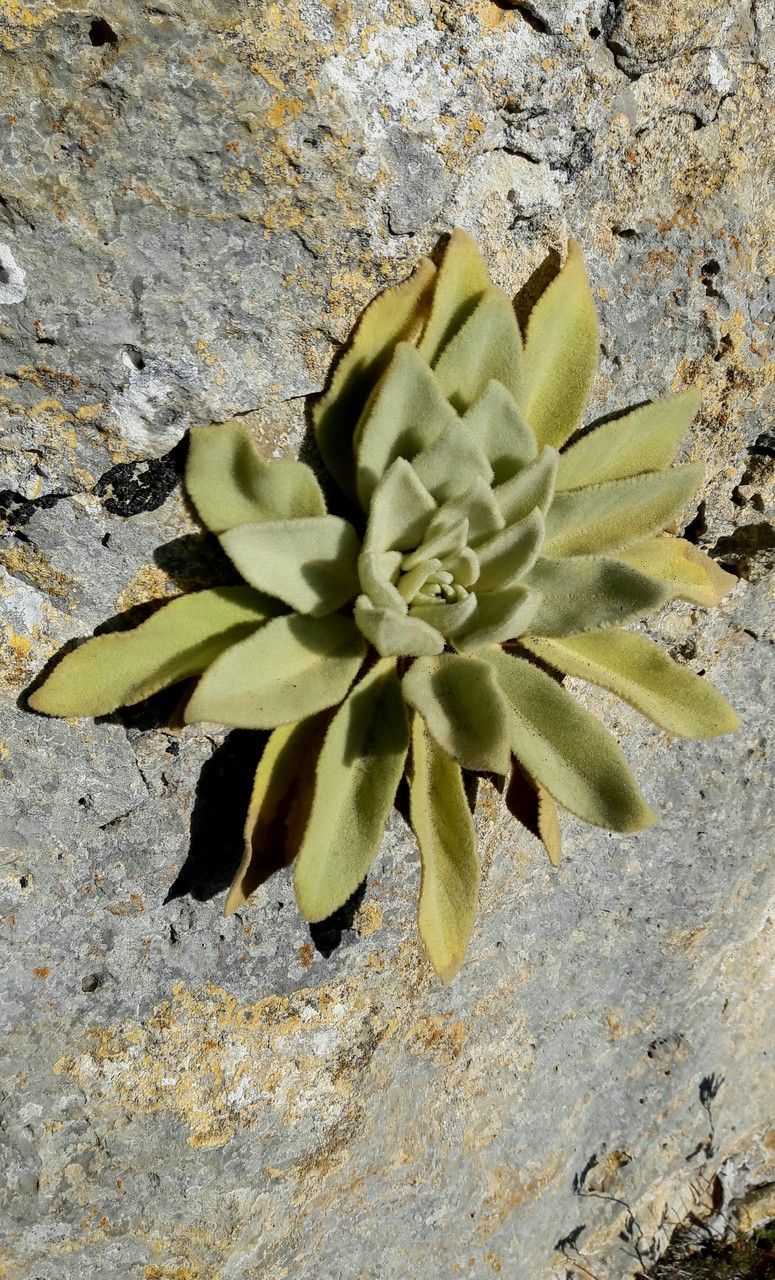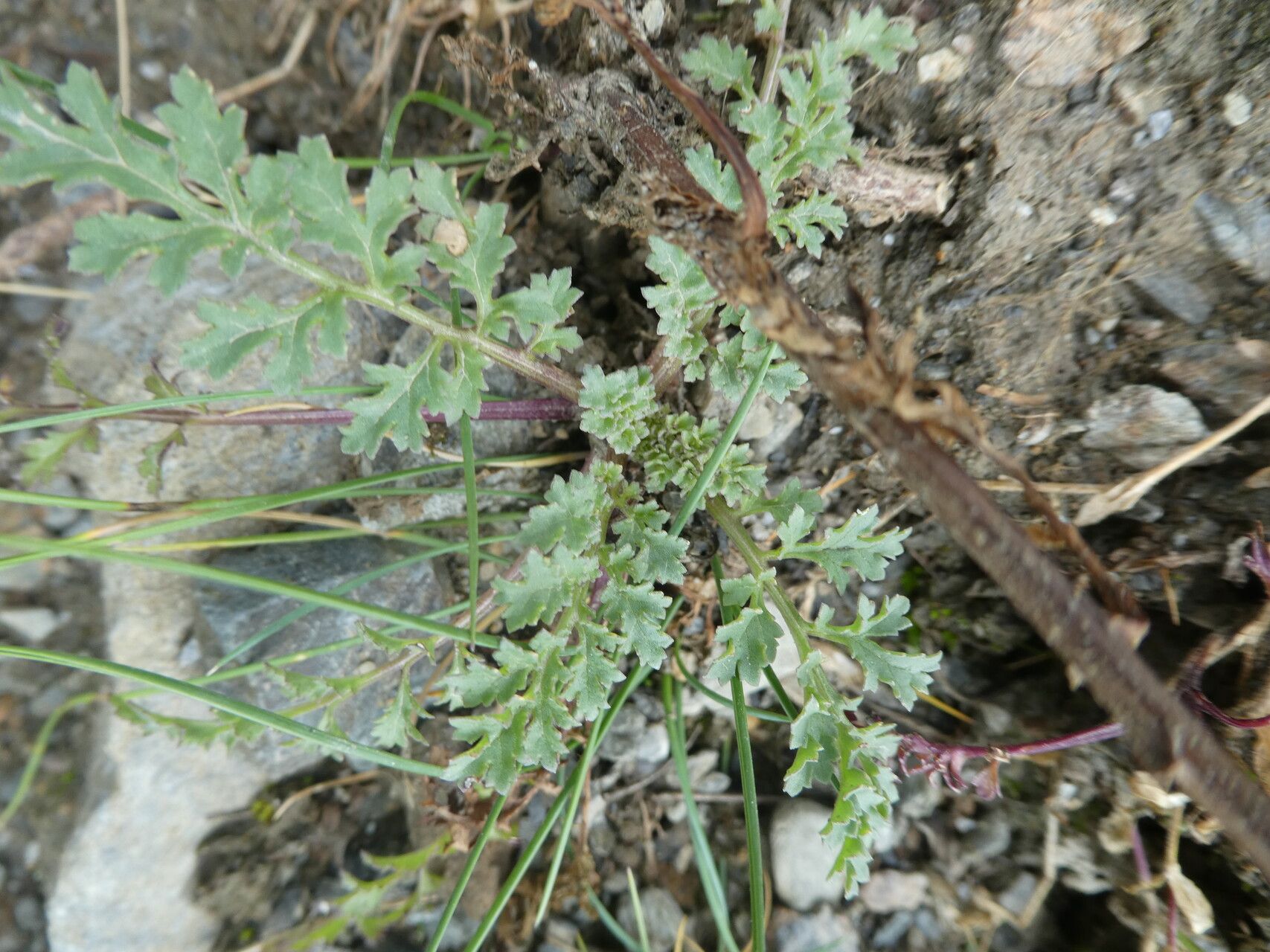### Dense-Flower Mullein: A Majestic Biennial
Dense-flower mullein ( *Verbascum densiflorum* ) is a striking biennial plant belonging to the Scrophulariaceae family, known for its impressive, densely packed flower spikes. Native to Europe and Asia, this majestic plant has captivated gardeners and wildflower enthusiasts alike with its towering stature and vibrant blooms. This comprehensive guide will delve into all aspects of growing and caring for this remarkable species.
### Identification and Physical Characteristics
Dense-flower mullein is easily recognizable by its tall, erect stems, which can reach heights of 6-8 feet (1.8-2.4 meters) or even taller in ideal conditions. Its leaves are large, oblong, and woolly, creating a silvery-green appearance. The most striking feature, however, is its dense, cylindrical flower spikes, packed with numerous small, yellow flowers that bloom from the bottom up, creating a stunning display that can last for several weeks. These flowers are attractive to pollinators like bees and butterflies.
### Habitat and Growth
Dense-flower mullein thrives in full sun to partial shade and well-drained soil. It prefers slightly alkaline to neutral conditions. While it tolerates a wide range of soil types, it performs best in dry to medium-moisture soil. Avoid overwatering, as this can lead to root rot. It's remarkably drought-tolerant once established. This adaptable plant is commonly found growing in meadows, grasslands, roadsides, and wastelands in its native range.
### Cultivation and Care
Growing Dense-flower mullein from seed is relatively straightforward. Sow seeds directly outdoors in the fall or early spring, pressing them lightly into the soil. They require light to germinate, so avoid covering them deeply. Thin seedlings to about 12-18 inches apart for optimal growth. While it doesn't require much fertilization, a light application of balanced compost in spring can promote healthy growth. Deadheading spent flowers can encourage prolonged blooming. Dense-flower mullein is generally pest and disease-resistant.
### Uses and Benefits
Historically, mullein species have been used for various medicinal purposes, although it's crucial to consult a healthcare professional before using any part of the plant for medicinal purposes. The large leaves have also been used traditionally to make wicks for oil lamps. In modern times, its primary value lies in its aesthetic appeal, adding a dramatic vertical element to gardens and wildflower meadows.
### Potential Issues
While generally robust, dense-flower mullein can self-seed readily. In some regions, it might be considered aggressive, so gardeners should monitor its spread, especially if grown in limited spaces. This trait, however, makes it ideal for naturalizing in larger gardens or wildflower areas.
### Conclusion
Dense-flower mullein offers an impressive display of beauty and adaptability, making it a valuable addition to any garden that can provide the right conditions. Its stunning flower spikes and ease of cultivation make it a rewarding plant for both experienced and novice gardeners. Remember to provide adequate space and monitor its spread to avoid any unwanted self-seeding.
Dense-Flower Mullein: Complete Grower's Guide

Frequently Asked Questions
How to grow Dense-flower mullein?
Sow seeds directly outdoors in fall or early spring, pressing them lightly into well-drained soil. Thin seedlings to 12-18 inches apart. Provide full sun to partial shade.
Is Dense-flower mullein invasive?
It can self-seed readily and may be considered aggressive in some areas. Monitor its spread to prevent it from becoming overwhelming.


